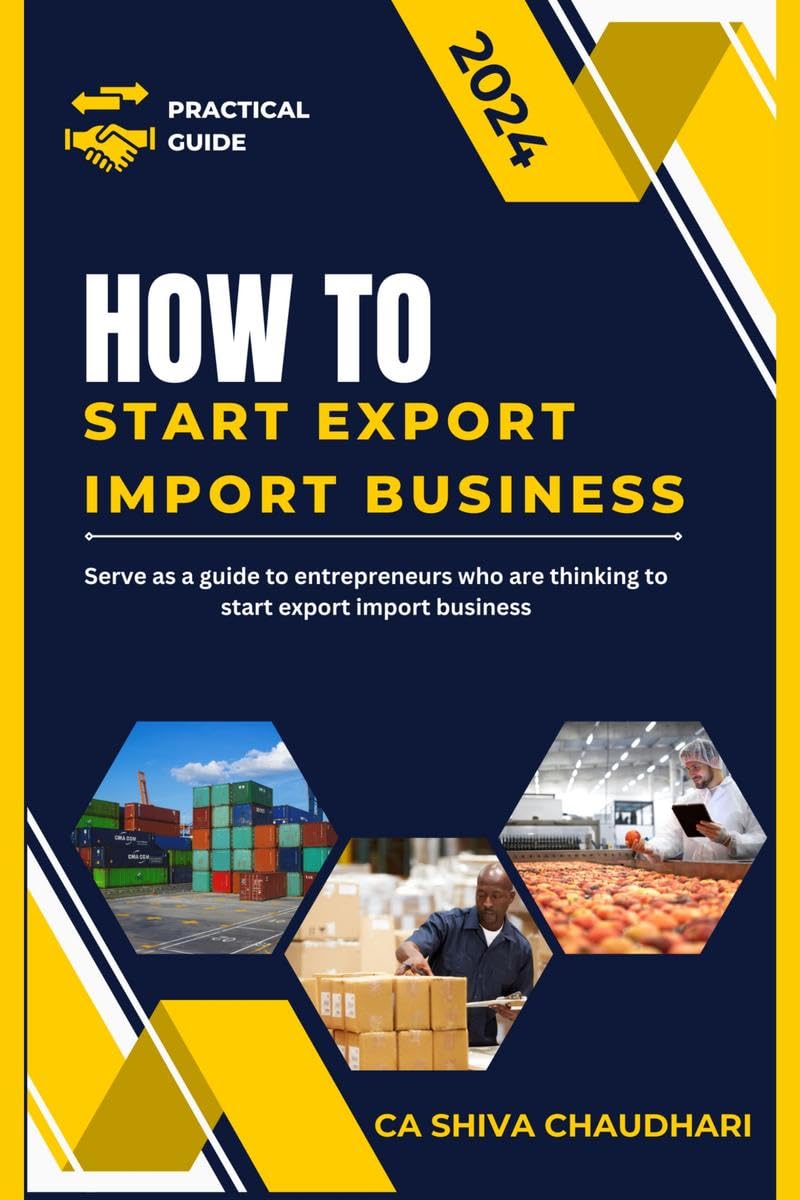
How to Start an Export-Import Business: A Comprehensive Guide
The global marketplace presents vast opportunities for entrepreneurs looking to start an export-import business. With the world becoming increasingly interconnected, the potential for profitability and growth in international trade is substantial. This article offers a comprehensive guide to help aspiring business owners navigate the complexities of establishing an export-import venture.
Understanding the Export-Import Business
Definition
An export-import business facilitates the sale of goods and services across international borders. Exports refer to goods sent to another country, while imports are goods received from another country. The essence of this business model lies in the ability to source products from one market and sell them in another where demand may be higher.
Market Research
-
Identify Opportunities: Start by researching products that are in demand in different countries. Utilize online resources, trade publications, and market analysis reports to identify potential products that you can export or import.
-
Competitor Analysis: Study existing businesses in your target market. Understanding their strengths and weaknesses can help you position your business effectively.
- Target Markets: Choose geographic regions with robust demand for your products. Consider factors like cultural preferences, economic stability, and currency fluctuations.
Developing a Business Plan
A well-structured business plan is crucial for the success of your export-import business. It should include:
-
Executive Summary: Outline your business objectives and the overall vision of your company.
-
Market Analysis: Detail your market research findings, including trends, opportunities, and potential challenges.
-
Sales and Marketing Strategy: Define how you will promote and sell your products abroad. This can include online platforms, trade shows, or partnerships with local distributors.
-
Operational Plan: Describe the logistics of your operation, including sourcing, shipping, and warehousing solutions.
- Financial Plan: Provide a detailed budget, funding sources, and financial projections to outline potential profitability.
Legal and Regulatory Requirements
-
Business Registration: Choose a suitable business structure (sole proprietorship, LLC, corporation) and register your business according to local laws.
-
Export-Import Licenses: Research and obtain the necessary licenses and permits required to engage in international trade in your country and the countries you wish to trade with.
-
Customs Regulations: Familiarize yourself with customs regulations in both the exporting and importing countries to ensure compliance and a smooth trading process.
- Trade Agreements: Leverage any favorable trade agreements that may exist between your country and your target markets to reduce tariffs and enhance competitive advantage.
Establishing Supplier and Buyer Relationships
-
Finding Suppliers: Identify and vet potential suppliers who can provide the goods you wish to export. Attend trade fairs, utilize online marketplaces, and network with industry professionals.
-
Building Buyer Networks: Establish connections with potential buyers in your target markets. This can involve reaching out to local distributors, wholesalers, or retailers interested in your products.
- Negotiation and Contracts: Develop strong negotiation skills to strike favorable deals and create contracts that protect your interests. Always consult legal experts when drafting agreements.
Logistics and Supply Chain Management
-
Shipping Solutions: Determine the best shipping methods for your products. Options include air freight, sea freight, and land transport. Consider costs, delivery times, and the nature of the goods when selecting shipping methods.
-
Import-Export Documentation: Familiarize yourself with the necessary documents such as commercial invoices, packing lists, bill of lading, and export permits. Accurate documentation is critical for compliance and smooth customs clearance.
- Warehousing and Inventory Management: Decide whether you will need warehousing solutions for your products and establish an inventory management system that ensures an efficient supply chain.
Financial Management
-
Funding Your Business: Explore different funding options such as personal investment, bank loans, grants, or investors. A solid financial plan will help attract investors or secure loans.
-
Currency Exchange: Be aware of foreign exchange rates and their impact on profitability. Hedge against currency risk if necessary.
- Payment Methods: Establish secure payment methods, such as letters of credit or international wire transfers, to ensure timely transactions with suppliers and buyers.
Marketing Strategies
-
Online Presence: Develop a strong online presence through a dedicated website, social media, and e-commerce platforms to reach international customers.
-
Trade Shows: Participate in international trade shows and exhibitions to showcase your products and connect with potential buyers and suppliers.
- Networking: Join trade associations and networks related to your industry to build relationships and stay updated on market trends.
Continuous Learning and Adaptation
-
Stay Informed: The global trade landscape is constantly evolving. Keep abreast of changes in regulations, market trends, and economic shifts.
-
Feedback Mechanism: Implement a system for receiving and acting on customer feedback to improve your products and services continuously.
- Adapt and Innovate: Be flexible and ready to adapt your business strategy based on market demands and opportunities.
Conclusion
Starting an export-import business is an exciting venture that requires careful planning, research, and execution. By developing a solid business plan, understanding legal requirements, establishing supplier and buyer relationships, managing logistics, and implementing effective marketing strategies, you can create a successful enterprise that capitalizes on the global marketplace. With dedication and persistence, your export-import business can thrive in today’s interconnected world.
Price: ₹450 - ₹392.00
(as of Mar 09, 2025 19:26:39 UTC – Details)
International trade is one of the favorite industries today. International trade exists because one country has a supply of some commodity or merchandise that is in demand by another country. As the world becomes more and more technologically advanced, international trade becomes more and more rewarding. In recent times, we have seen a major growth in the export and import of goods in India.
How to Start Export-Import Business covers everything about starting export or import business. It describes procedure from business idea to establish and operate an export import house. This book covers all general, legal and specific rules & regulations applicable to export & import in India. This book will help exporters, importers, Custom House Agents, students who want to know about export & import. It will also serve as checklist while doing actual business. Book focuses more on practical aspects rather than just theory knowledge.
The book is written in very simple and lucid language so that even a layman can understand easily about export & import. Book is divided into three parts for easy reference. Where first part covers export, second part covers import and last part covers rules & regulations governing export import. At the end of book, a summary is provided to understand quickly.
ASIN : B0CWH4TVW4
Publisher : Notion Press (26 February 2024)
Language : English
Paperback : 290 pages
ISBN-13 : 979-8893220308
Item Weight : 1 kg 50 g
Dimensions : 20 x 14 x 1 cm
Country of Origin : India










